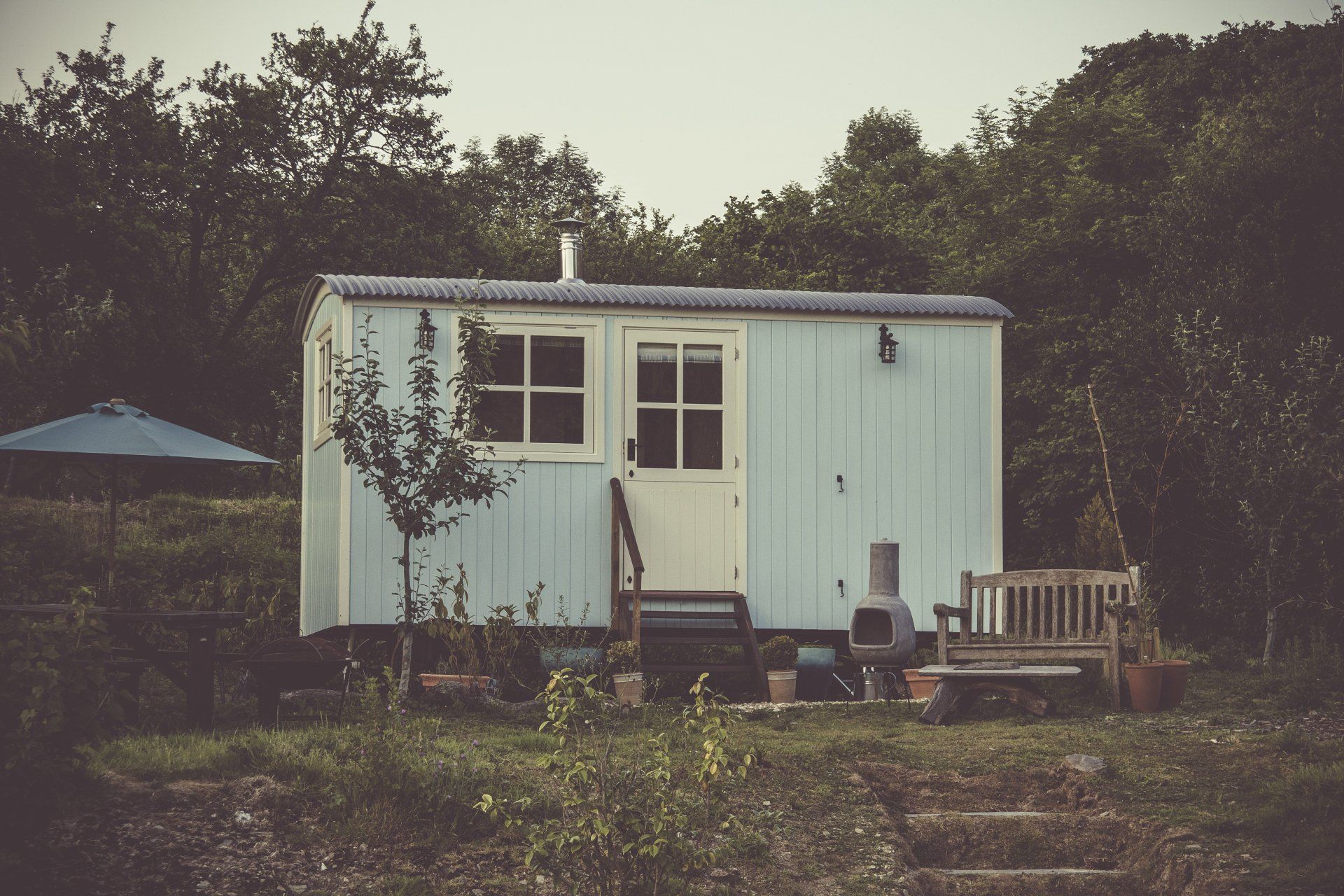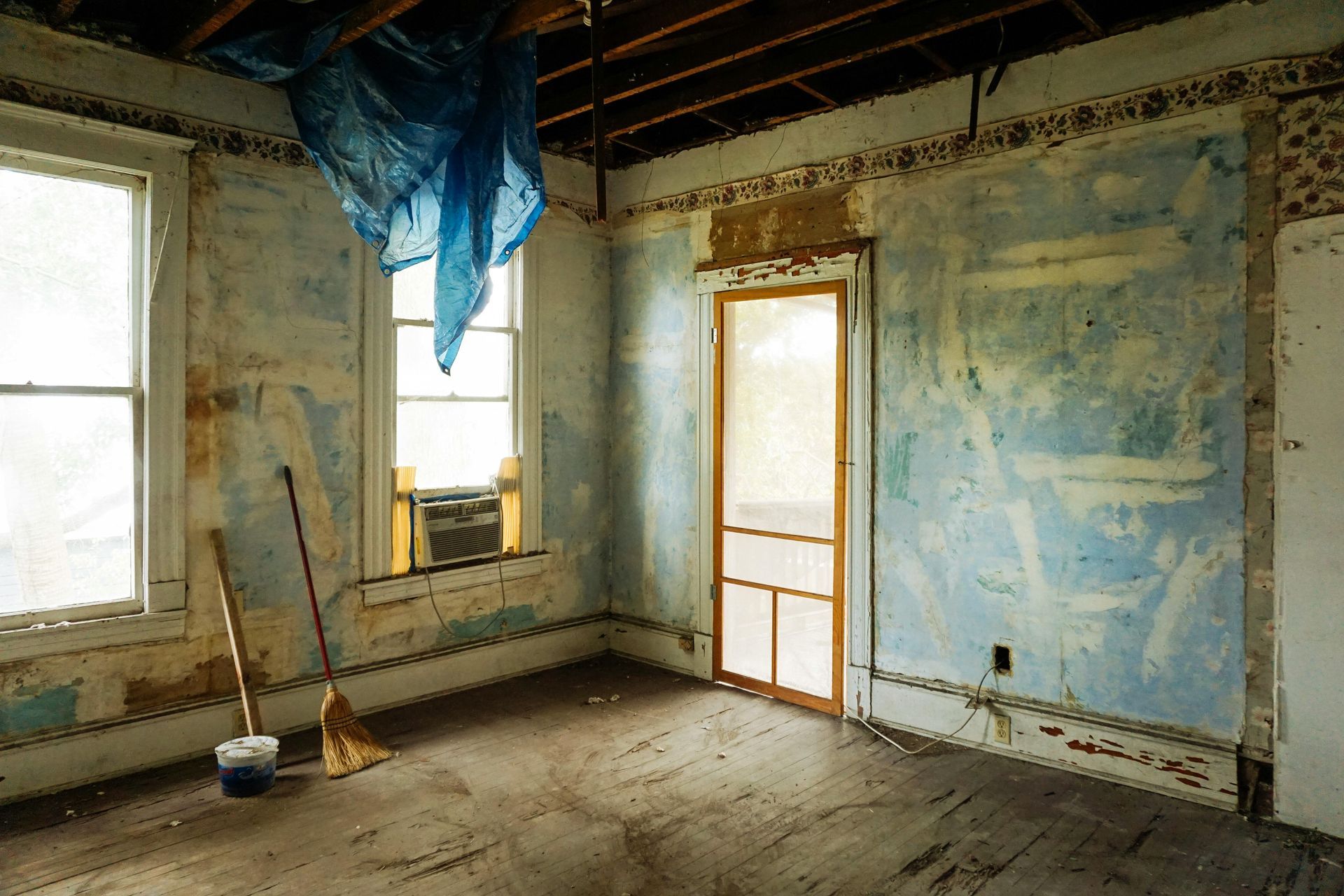Mindful Home Design
Mindful Home Design: Creating a Tranquil and Inspirational Living Space
Your home is more than just a physical space; it's a reflection of your personality, a sanctuary for relaxation, and a canvas for inspiration. Mindful home design is about intentionally crafting a living space that promotes tranquility, inspires creativity, and nurtures well-being. In this blog post, we'll explore the principles of mindful home design and provide practical tips to help you create a harmonious and uplifting environment.
Understanding Mindful Home Design
Defining Mindful Home Design
Mindful home design is a thoughtful and intentional approach to creating a living space that aligns with your values, promotes well-being, and fosters a sense of connection to your surroundings. It involves considering the impact of design choices on your physical and mental health, as well as the overall energy of your home.
Key Elements of Mindful Home Design
- Purposeful Layout: A mindful home layout is designed with intention, considering the flow of energy, functionality, and the specific needs of its inhabitants.
- Natural Elements: Incorporating natural elements, such as light, plants, and materials, brings a sense of the outdoors inside, promoting a connection to nature.
- Clutter-Free Spaces: Mindful design embraces simplicity and decluttered spaces, allowing for a clear and focused mind.
- Personalization: Infusing your personality and unique preferences into the design creates a space that feels genuinely yours, promoting a sense of belonging.
Creating Tranquil Spaces
1. Serene Color Palettes
Choose calming and neutral color palettes for your living spaces. Soft tones of blues, greens, and earthy neutrals create a tranquil atmosphere, promoting relaxation and a sense of peace.
Additional Tips:
- Accentuate with natural textures like wood and stone for a grounding effect.
- Use muted shades in bedrooms for a restful sleep environment.
2. Mindful Furniture Arrangement
Arrange furniture to create open and inviting spaces. Consider the flow of movement and ensure that each room serves its purpose while maintaining a sense of spaciousness.
Additional Tips:
- Opt for multifunctional furniture to maximize space and utility.
- Create cozy corners with comfortable seating for moments of relaxation.
3. Abundant Natural Light
Maximize natural light in your home by choosing light window treatments and strategically placing mirrors to reflect and amplify sunlight. Natural light enhances mood and provides a connection to the external environment.
Additional Tips:
- Consider skylights or light tubes for rooms with limited access to natural light.
- Arrange furniture to allow for unobstructed views of windows.
4. Tranquil Bedroom Retreat
Design your bedroom as a serene retreat for rest and rejuvenation. Choose comfortable bedding, minimize electronics, and keep the color palette calming to create a tranquil sleep environment.
Additional Tips:
- Invest in a high-quality mattress and pillows for optimal comfort.
- Integrate soft lighting for a cozy and soothing atmosphere.
Fostering Inspirational Spaces
5. Creative Workspaces
Design a dedicated creative space that inspires productivity and innovation. Personalize the area with artwork, plants, or motivational quotes to create a positive and stimulating environment.
Additional Tips:
- Use natural or task lighting to illuminate work areas.
- Integrate storage solutions to keep the workspace organized.
6. Inspirational Art and Decor
Curate art and decor that resonate with your interests and aspirations. Whether it's paintings, sculptures, or meaningful artifacts, surround yourself with items that tell a story and evoke positive emotions.
Additional Tips:
- Rotate art pieces periodically to keep the space feeling fresh and dynamic.
- Create a gallery wall with a collection of your favorite artworks.
7. Mindful Kitchen Design
Design your kitchen with functionality and mindfulness in mind. Choose sustainable materials, create an organized layout, and incorporate natural elements to make the kitchen a space for nourishment and connection.
Additional Tips:
- Display herbs and plants in the kitchen for freshness and visual appeal.
- Keep countertops clutter-free for a clean and calming cooking environment.
8. Meditation and Reflection Spaces
Create a dedicated space for meditation or reflection. Whether it's a cozy corner with floor cushions, a small altar, or a serene garden nook, having a designated space for mindfulness can enhance your well-being.
Additional Tips:
- Use scented candles, essential oils, or incense for a sensory experience.
- Integrate soft textures and comfortable seating for a relaxed atmosphere.
Mindful Outdoor Living
9. Tranquil Outdoor Spaces
Extend mindful design to your outdoor living areas. Design tranquil garden spaces with comfortable seating, lush greenery, and natural elements to create an outdoor retreat.
Additional Tips:
- Install water features, like fountains or ponds, for a soothing ambiance.
- Use outdoor lighting to create a magical atmosphere during evenings.
10. Sustainable Landscaping
Embrace sustainable landscaping practices by choosing native plants, using eco-friendly materials, and incorporating features that support local biodiversity. A mindful approach to outdoor design extends to the ecological impact of your surroundings.
Additional Tips:
- Implement rain gardens to manage stormwater runoff naturally.
- Integrate bird feeders and houses to invite local wildlife.
Mindful Practices for a Harmonious Home
11. Regular Decluttering Sessions
Practice regular decluttering to maintain a harmonious living space. Set aside time to assess and release items that no longer serve a purpose, creating a sense of openness and clarity.
Additional Tips:
- Use the KonMari method or other decluttering techniques that resonate with you.
- Donate or repurpose items to minimize waste and contribute to sustainability.
12. Mindful Rituals
Incorporate mindful rituals into your daily routine. Whether it's a morning meditation, an evening gratitude practice, or a mindful tea ceremony, these rituals create a sense of grounding and connection to your home.
Additional Tips:
- Create a dedicated space for your mindfulness rituals.
- Experiment with different practices to find what resonates with you.
Overcoming Challenges and Sustaining Mindful Design
1. Balancing Aesthetics and Functionality
- Functional Design Solutions: Prioritize functionality while incorporating aesthetic elements. Seek design solutions that enhance both the visual appeal and practicality of your living spaces.
- Additional Tip: Experiment with flexible furniture arrangements to find the optimal balance.
- Periodic Reevaluation: Periodically reassess your home's design to ensure it meets your evolving needs. Make adjustments based on lifestyle changes, new interests, or personal growth.
- Additional Tip: Involve family members in the reevaluation process to gather diverse perspectives.
2. Budget Constraints
- DIY and Upcycling Projects: Embrace do-it-yourself (DIY) projects and upcycling to create mindful design elements on a budget. Repurposing existing items or materials can add a personal touch to your home.
- Additional Tip: Explore local thrift stores or online marketplaces for budget-friendly decor and furniture.
- Prioritization: Allocate your budget to prioritize essential design elements that align with your values and overall vision for mindful living.
- Additional Tip: Save for specific design upgrades and make intentional choices to avoid impulse purchases.
3. Time Constraints
- Incremental Changes: Implement mindful design changes gradually to accommodate time constraints. Focus on small, manageable updates that contribute to the overall vision.
- Additional Tip: Create a timeline for design projects, breaking them down into achievable milestones.
- Delegate Tasks: Enlist the help of family members or friends to share the workload. Collaborative efforts can turn design projects into enjoyable and bonding experiences.
- Additional Tip: Host design workshops or brainstorming sessions with loved ones to gather creative ideas.
4. Adapting to Life Changes
- Flexible Design Elements: Choose design elements that can adapt to life changes. Opt for furniture that can be reconfigured, and design spaces with flexibility in mind.
- Additional Tip: Consider modular furniture that can be easily rearranged to accommodate different purposes.
- Mindful Transition Rituals: When facing significant life changes, create mindful transition rituals to mark the occasion. These rituals can involve redesigning spaces to reflect new beginnings.
- Additional Tip: Capture the essence of the transition through symbolic design changes, such as rearranging furniture or adding meaningful decor.
The Impact of Mindful Home Design
- Enhanced Well-Being: Mindful home design contributes to enhanced well-being by creating spaces that support physical and mental health. Tranquil environments promote relaxation, while inspirational spaces ignite creativity and motivation.
- Strengthened Connections: Thoughtful design choices can strengthen your connection to your home and surroundings. A mindful home becomes a haven where you feel grounded and connected to the present moment.
- Sustainable Lifestyle: Mindful design often aligns with sustainable living practices. Choosing eco-friendly materials, incorporating natural elements, and embracing minimalist principles contribute to a more sustainable lifestyle.
- Personal Growth: Your home can be a reflection of your personal journey and growth. Mindful design allows for the evolution of your living spaces, adapting to changes in your life and supporting your ongoing personal development.
- Cultivation of Joy: Mindful design is a pathway to cultivating joy in your living spaces. By surrounding yourself with elements that bring joy, inspire creativity, and promote tranquility, you create an environment that nurtures happiness.
In Conclusion
Mindful home design is a transformative journey that involves intentional choices, thoughtful practices, and a deep connection to your living space. Whether you're creating tranquil retreats for relaxation or inspirational havens for creativity, the principles of mindful design can guide you in shaping a home that aligns with your values and fosters well-being. Embrace the journey of crafting a mindful home, and let your living spaces become a reflection of your unique essence and the positive energy you wish to cultivate. Happy designing!
You might also like
Book a Service Today
We will get back to you as soon as possible
Please try again later




